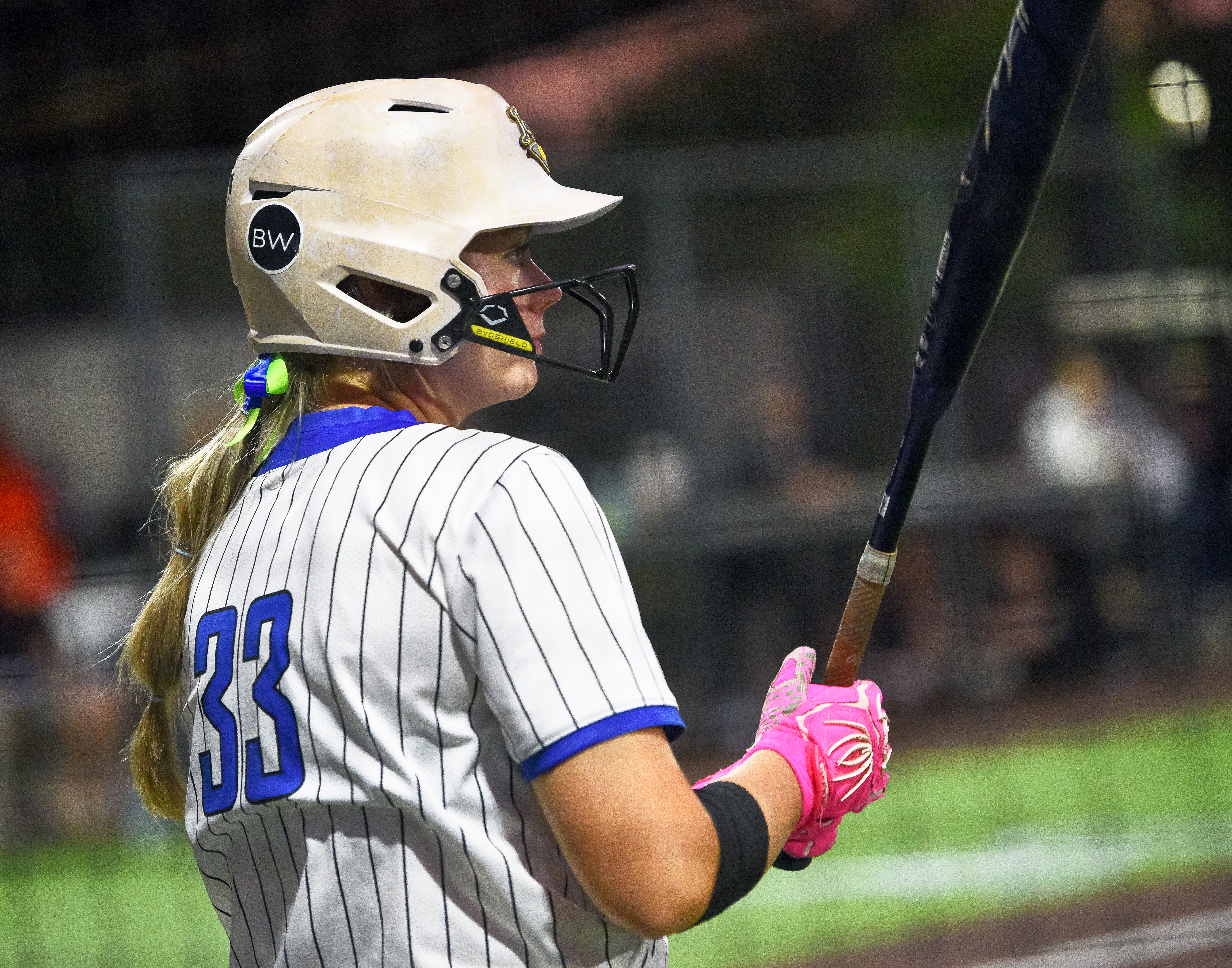ONE GARDENER TO ANOTHER: Common gardening questions
Published 7:00 am Monday, June 15, 2020
One of the most common questions I get about plants is about their names. My response is to pull out my phone and upload a picture to a plant app that I use, or, if I don’t have my phone handy, I’m honest, and tell people that I’m not a gardener who knows the name of things. It’s OK, I don’t remember the name of a person five minutes after I’ve met them either.
I get a lot of questions about gardening besides the names of various plants. I thought I would take the most commonly-asked questions and try to shed a little light. I do know a thing or two, so here goes. In the first article of the series, we’re going to answer the No. 1 question …
How often should I water my outdoor plants and how much water should I be giving them?
That depends on the plant and the location where it is planted. For instance, potted plants will require more frequent watering than those that are in the ground. High temperatures, wind and direct sun will dry out soil more quickly than those in shaded or protected areas. Container plants may need watering once a day, and sometimes twice when temperatures soar. Check soil moisture by sticking a finger down into the pot. If the soil is dry more than 2 inches deep, it’s time to water.
Never allow the soil to dry out completely unless you have a plant that prefers the soil to dry out between waterings. Some herbs, such as rosemary, oregano and thyme, actually develop a stronger flavor when allowed to dry out a little bit. Just make sure not to forget them. Less water is different than none at all.
Water slow and deep. You’ve probably heard you should water containers ‘until the water runs through,’ meaning the water starts to run out of the holes in the bottom of the container. That is true, however, container soil has a composition that allows it to store and hold onto water. If watered too quickly, or if the soil has dried out, there is a good chance it will be unable to grab the water before it runs out. The goal is to hydrate the soil. When hand watering, apply water in small doses, giving the soil a chance to soak it in after each application, until it runs through.
Overwatering is just as detrimental to plants as not enough water. Signs you are overwatering include; bottom leaves turning yellow, stems are soft and mushy, stunted growth, green algae growing on the soil or foliage turning brown and starting to wilt. If you experience any of these conditions and the soil is still moist, step away from the hose!
In-ground plants generally require 1-2 inches of water per week. Different watering methods deliver water at different rates, especially when using a sprinkler system. To determine how much water is being delivered, you could purchase a water gauge or, a thriftier route is to use a clear plastic container that you have marked with lines at the one-inch, two-inch, three-inch levels. Place the container in the area you are watering and when it reaches the desired level, you’re done. After you do this a few times, you’ll know how long your watering method takes to reach that level.
Vegetables should only be watered once or twice a week when planted in the ground. You may think you are doing your veggies a favor by watering them daily. However, that encourages shallow root development. Make them dive down a little for a drink. They’ll be stronger for it.
With grass, watering is generally not necessary unless it exhibits signs of stress during periods of drought. At this point, the homeowner has two options: water the lawn to keep it green or allow the turfgrass to turn brown and go into a state of summer dormancy. Warm season grasses such as centipede, St. Augustine, zoysia, and Bermuda, will survive the drought and will recover easily when more favorable conditions return. However, cool season grasses, such as tall fescue, may not survive if not watered.
Indications of drought stress for turf include leaves folding, rolling or wilting, a change in color from green to grayish or bluish gray, and when walked across, your steps will leave footprints in the turf. In these cases, unless allowing the lawn to go dormant, it is time to water. When establishing new grass, either with sod, sprigs, or seed, water newly planted turf often and enough to keep the surface from drying out during the first week or two.
Just like when you are working out, it is always wise to hydrate before the workout and to get it in before the heat of the day. It is the same for plants. The ideal time to water is early morning, giving the plants a chance to hydrate before the heat gets set to broil, which causes water to evaporate before the roots can get their fill.
I would love to hear about what’s going on in your garden that you may have questions about. If I don’t know, I’ll just ask what’s-his-name. Until next week, happy gardening.
— Irland, a member of the Limestone County Master Gardeners, can be reached at kippirland@hotmail.com. Visit http://mg.aces.edu/limestone for more information on the Limestone County Master Gardeners.





